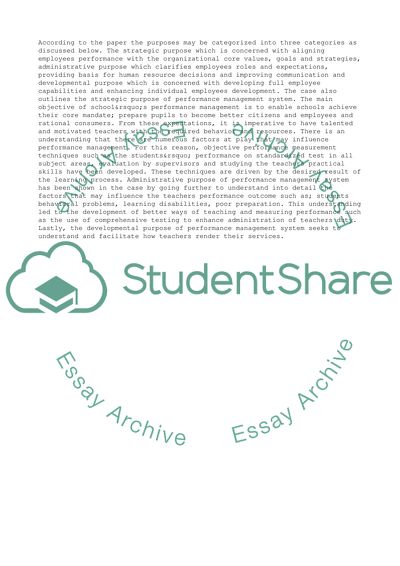Cite this document
(“Performance Measurement for Public School Teachers Case Study”, n.d.)
Performance Measurement for Public School Teachers Case Study. Retrieved from https://studentshare.org/management/1667364-case-study-for-human-resource-management
Performance Measurement for Public School Teachers Case Study. Retrieved from https://studentshare.org/management/1667364-case-study-for-human-resource-management
(Performance Measurement for Public School Teachers Case Study)
Performance Measurement for Public School Teachers Case Study. https://studentshare.org/management/1667364-case-study-for-human-resource-management.
Performance Measurement for Public School Teachers Case Study. https://studentshare.org/management/1667364-case-study-for-human-resource-management.
“Performance Measurement for Public School Teachers Case Study”, n.d. https://studentshare.org/management/1667364-case-study-for-human-resource-management.


